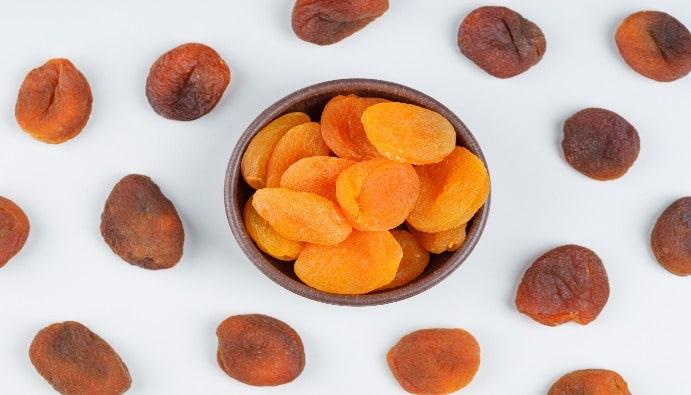
BLOG
KATEGORİDEKİ DİĞER YAZILAR

Sulfur dioxide (SO2) is a colorless, pungent-smelling and strong oxidizing gas. It is usually released into the atmosphere by volcanic activity and the combustion of fossil fuels such as coal and oil. SO2 is widely used in the food industry as a preservative and antimicrobial additive.
Sulfur dioxide (SO2) is one of the oldest methods used to preserve the physical and chemical structure of foods and to store them for a long time without spoiling. However, sulfur dioxide residues can cause undesirable taste changes in foods, breakdown and destruction of vitamins in food and cause some discomfort in humans. For this reason, the Codex Alimentarus Commission has limited sulfur intake to 50 mg per day.
Sulfur dioxide, known as E220, is used especially in dried fruits, wine and some vegetable products. Sulfur dioxide (SO2) used as a preservative in foodstuffs; It varies according to the chemical structure of the food, the type and duration of the process applied, storage conditions and the amount of SO2 added.
Although sulfur dioxide is considered safe when used at a certain level in foods, excessive consumption can lead to health risks. The main reasons for the determination of sulfur dioxide in foods are as follows:
The purpose of using sulfur dioxide (SO2) is to control the enzymatic or non-enzymatic reactions that occur during the drying of fruits and vegetables, to prevent the increase of microorganisms, to use as antioxidants and to extend the shelf life.
In the sulfurization process applied to foods, sulfur dioxide (SO2) is obtained by burning powdered sulfur salts. Fruits exposed to this gas absorb the gas. Sulfur dioxide (SO2) dissolves in the water in the structure of the fruit and turns into sulfurous acid.
According to the Turkish Food Codex Regulation on Food Additives, the maximum amount of sulfur dioxide (SO2) in wines is 200 ppm. The maximum amount of sulfur dioxide (SO2), which ensures that dried vegetables and fruits do not darken and take on a natural color, should be 2000 ppm.
If you have asthma, sulfite sensitivity or a sulfite allergy, eating dried fruit can cause serious health problems such as breathing problems, life-threatening allergy-like symptoms or, in rare cases, death.
The US Food and Drug Administration requires foods containing more than 10 parts per million of sulfites to list this information on the food label. Countries have different standards for sulfites. The Australian government limits sulfites in food to 3,000 ppm, while the British government limits sulfites in food to 2,000 ppm.
Nanolab Laboratories Group continues to provide services within the scope of Determination of Sulfur Dioxide (SO2) in Foods. We also provide services in the determination of food additives.
Contact us for more information.
You can follow us on LinkedIn for up-to-date news and posts about our services.
Follow our Instagram account to be informed about our latest blog posts.